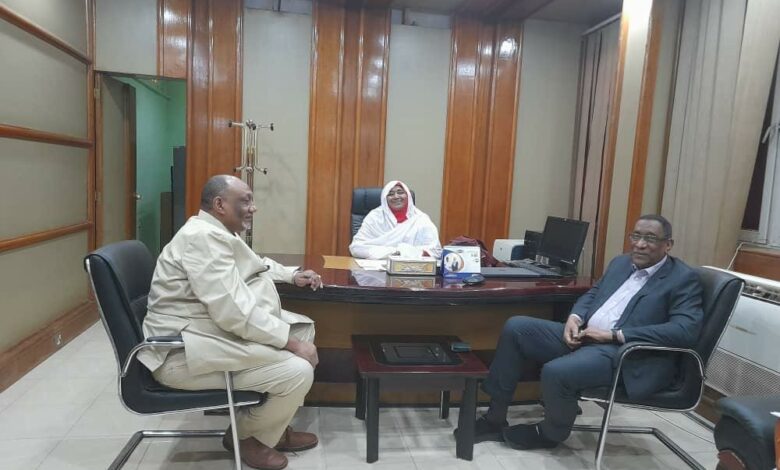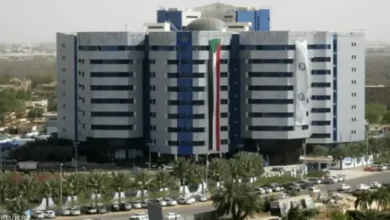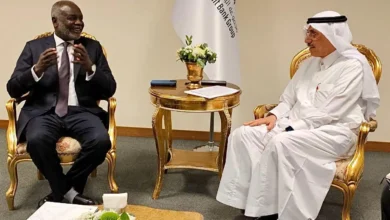The Industrial Chambers and the Ministry of Commerce explore ways to protect local industry from imported goods

A delegation from the Federation of Industrial Chambers met with the Minister of Commerce and Supply, Amal Saleh Said, in her office at the Ministry of Commerce, in the presence of the Undersecretary of the Ministry of Commerce, Mr. Issa, the representative of the Plastic Industry Chamber and the director of the Foreign Trade Department.
The meeting discussed the existence of some products imported from the Republic of Egypt within the zero tariff of the COMESA Agreement despite being on the list of negative goods.
The Minister of Commerce expressed the hope that the authorities concerned would apply all controls on the trade of transit goods and prepare lists of goods that are not exempt from the customs tariff under the COMESA Convention in accordance with the Customs Code Number.
Stating that trade and industry are pillars of economic activity and one is inseparable from the other, she stressed that the doors of the ministry are open to all investors from manufacturers and others.
For his part, Bruv Ahmed Obaid, Director General of the Federation of Industrial Chambers, thanked the Minister of Commerce for responding to the meeting, stating that the meeting came to discuss ways of protecting local industry in the face of flooding markets with imported goods and pointed out that goods from neighboring countries without being subject to proper customs procedures under the umbrella of transit merchandise trade.
The meeting emphasized the need to resolve trade across border ports under what is known as Ornik customs inspection 59 for its impact on local industry as well as to address the problem of contracts for exporting semi-written leather dedicated to certain tanneries.
The parties agreed to provide the Federation with an integrated vision on the implications of entering manufactured goods under the zero tariff umbrella of the COMESA Treaty, including the number of factories operating in different sectors, their production capacities, types of goods produced and the scale of the production gap.





